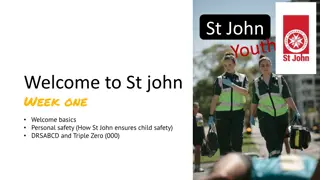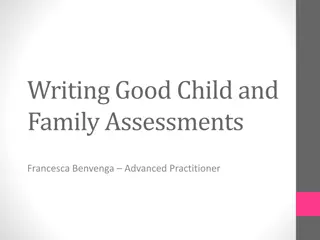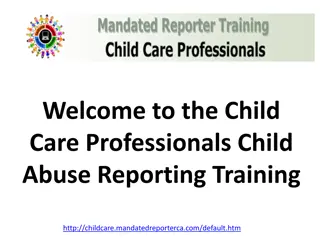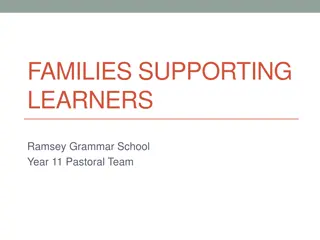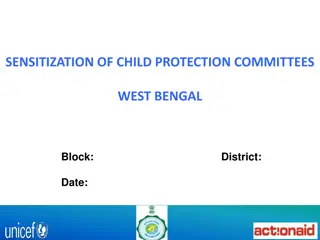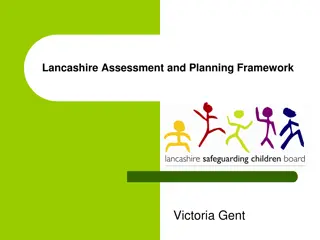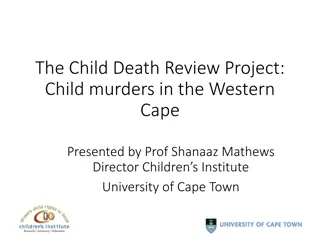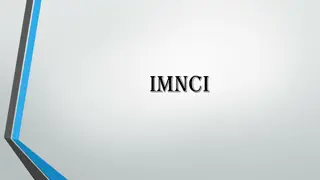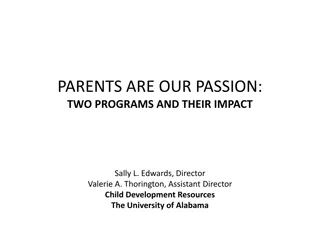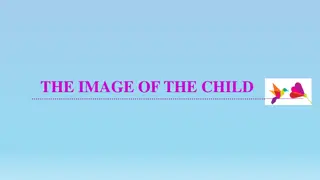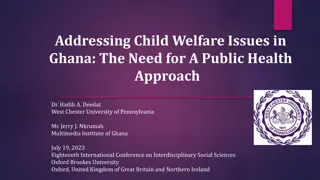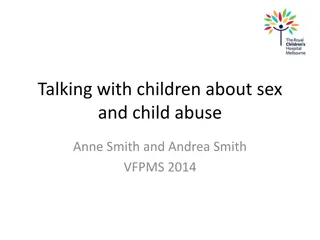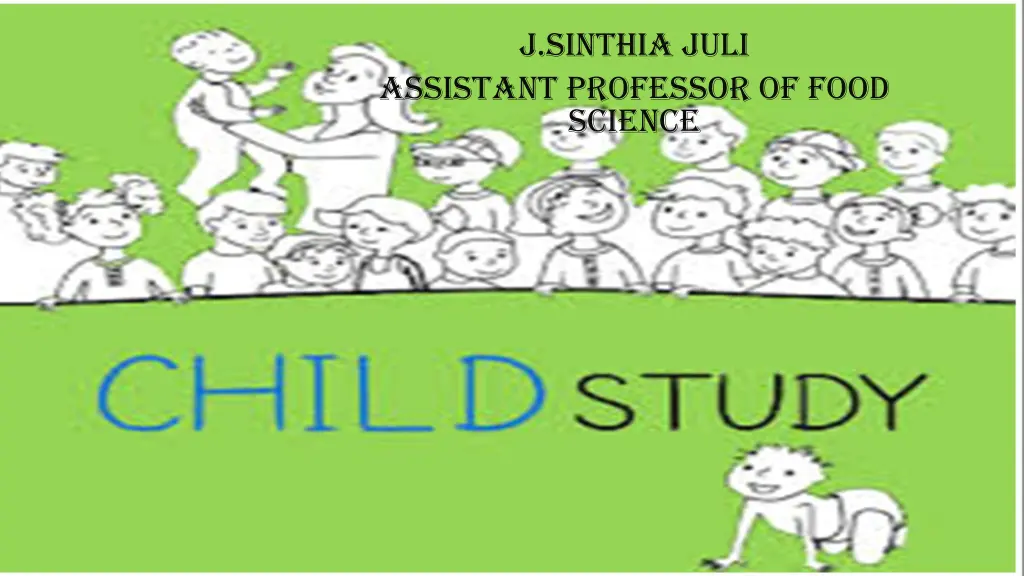
Methods and Aims of Child Study in Food Science
Explore the different methods and aims of studying child behavior in the fields of food science and child development, from anecdotal and biographical methods to understanding physical, social, emotional, and intellectual aspects. Discover the importance of guiding children, identifying behavior problems, and building theories in child development.
Download Presentation

Please find below an Image/Link to download the presentation.
The content on the website is provided AS IS for your information and personal use only. It may not be sold, licensed, or shared on other websites without obtaining consent from the author. If you encounter any issues during the download, it is possible that the publisher has removed the file from their server.
You are allowed to download the files provided on this website for personal or commercial use, subject to the condition that they are used lawfully. All files are the property of their respective owners.
The content on the website is provided AS IS for your information and personal use only. It may not be sold, licensed, or shared on other websites without obtaining consent from the author.
E N D
Presentation Transcript
J.SINTHIA JULI ASSISTANT PROFESSOR OF FOOD SCIENCE
Child study Child behaviour takes different forms such as Physical Social Emotional Intellectual In order to study behaviour in each of these areas many methods are used In earlier days these methods were not scientific Now more rigorous scientific methods are used
AIMS OF CHILD STUDY Children are studied with different aims. They are Understanding and describing child behaviour at each of physical, social, emotional and intellectual areas Guiding children after identifying individual personality according to the rate of development of children Identifying children with behaviour problems Building theories in child development and Testing hypotheses in child development
Methods of child study Child development is studied by child psychologists These methods are Anecdotal method Biographical method Observational method Experimental method Questionnaire method Interview method Psychological method Projective method
Anecdotal Method Old , primitive and crude method Gives valuable information about child development Includes observing and recording certain events in the life of a child Recordings are used in understanding child behaviour Observations give rise to hunches and hypotheses that stimulate further research Disadvantage Observer may observe incidents which are not typical Non typical behaviour may be considered as the child s typical behaviour
Biographical method The biographer (father , mother or close relative of the child) observes the children Day to day observations of the baby are recorded Continuous and integrated data are obtained Pestalozzi was the first to publish this kind of data Charles Darwin also published a book called A Biographical sketch of an Infant Limitations Time consuming Biographer may not be objective all the time
Observation method By observing children over a period of time , we may arrive at clear impressions about them In olden days scientific instruments were not available But now we are in a position to use instruments like video camera , tape recorder etc Types Naturalistic observation Participant and non participant observation
Naturalistic observation This is the method of watching behaviour as it occurs in its natural setting Eg : Observation of a child s activity throughout the day and observation of parent child interactions No interference is made by the observer in the natural setting
Participant and non participant observation While observing and recording child behaviour , the observer may participate in the activities of the children and simultaneously observe child behaviour .This method of observation is called participant observation In some situations the observer may not participate in the activity, but merely watch children and record their activities. This method is called non participate observation
EXPERIMENTAAL METHOD In this method , the experimenter begins with the prediction. He tests his prediction by taking two groups of children One is called the experimental group and the other control group The experimental group is the one in which the experimenter introduces an independent variable.
Questionnaire method A questionnaire is a list of questions about the subject of research These questions may be given to the parents , teachers , others or to the child himself to know about a child A questionnaire of two types Open ended Close ended To an open ended question , the answers may be given in his own words by the respondent To a close ended question , the answers are given and the respondent has to mark them
Interview method In this method , the information is collected through face to face communication In the interview situation, the interviewer asks the interviewee number of questions on the aspect he wants to study Interview is specifically suitable when dealing with young children , illiterates and people with low intelligence Types Structured interview Unstructured interview In a structured interview ,a series of questions are put according to an interview schedule in person by the interviewer In an unstructured interview , no schedule is used.information is collected in an informal way
PSYCHOLOGICAL TESTS Many aspects of children behaviour and development are measured as accurately as possible with the help of psychological tests Test for measuring speed of reaction time, intelligence, personality , social maturity ,aptitude are some of the commonly used tests Depending upon the aspects to be measured , these tests are used. Any test must satisfy two conditions namely Validity reliability

